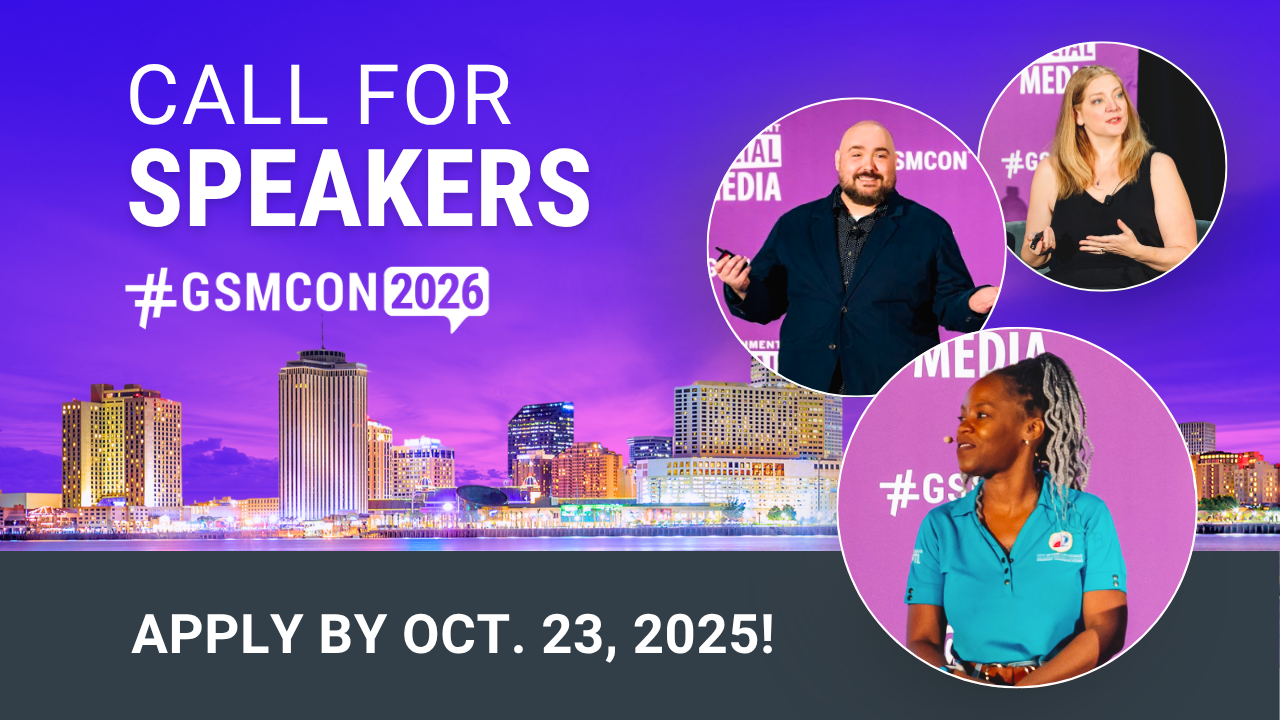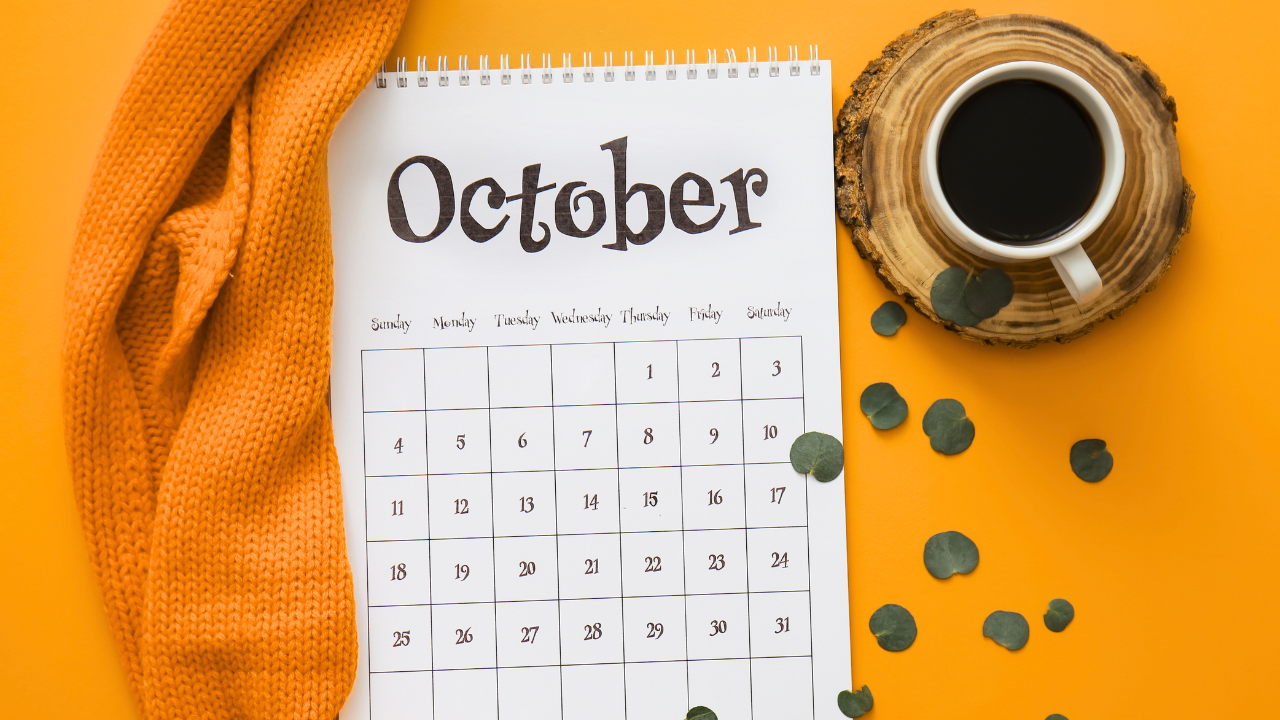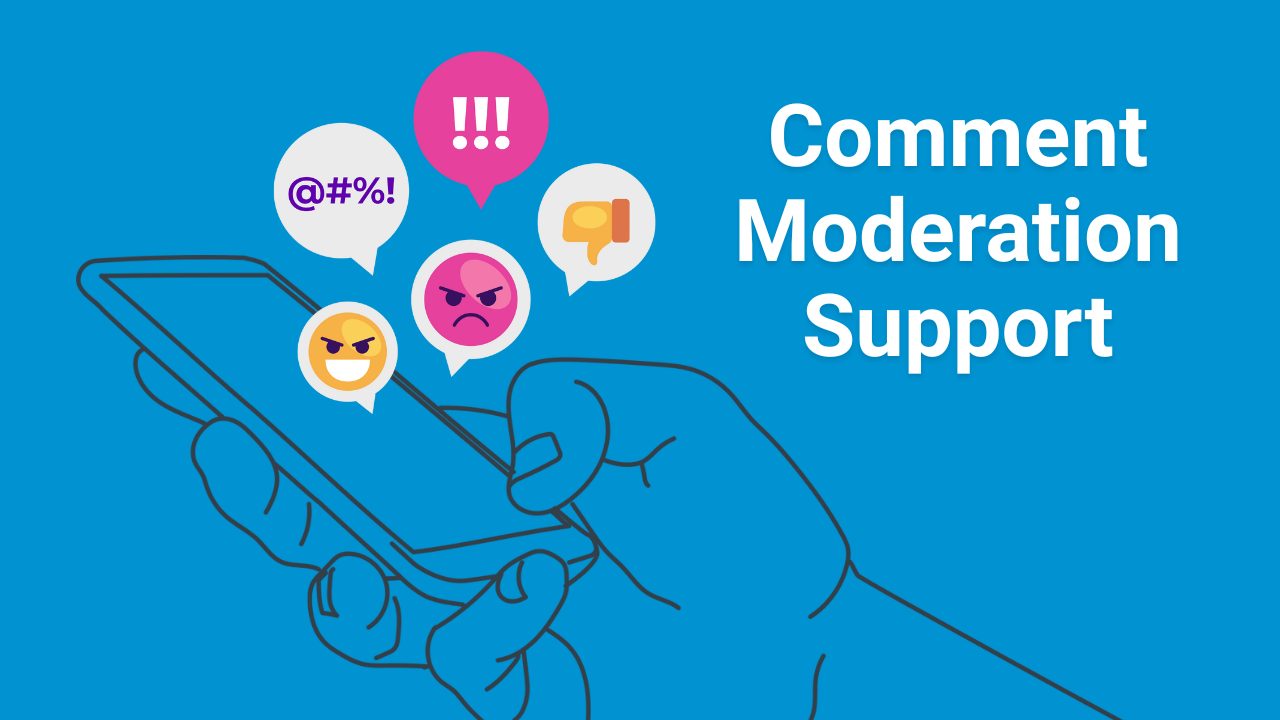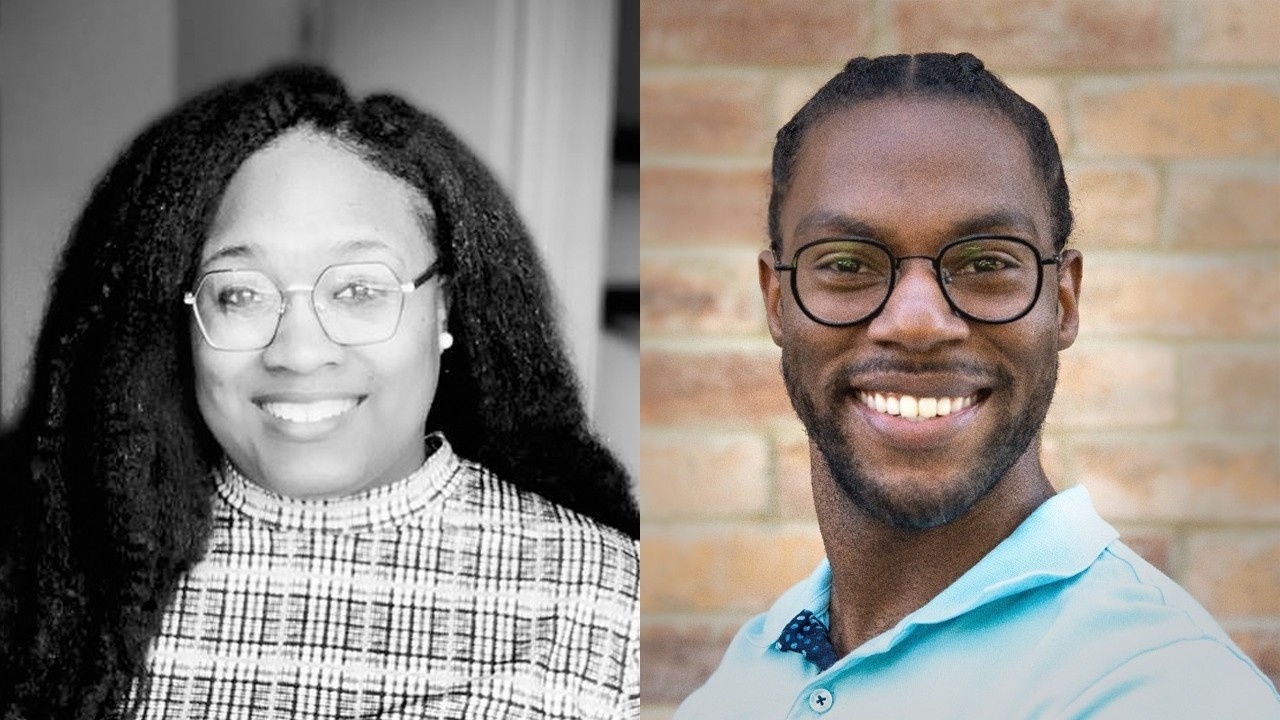
Doing the Work: Reckoning with Racism at Your Agency
Jun 18, 2021Contributed blog by Christina Roach, Digital Content Specialist for the City of Dallas, and Victor Henderson, Communications Specialist at North Central Texas Council of Governments. Read Christina & Victor’s first blog post, “Doing the Work: How to Support Black Voices within Your Organization”.
As we approach the celebration of Juneteenth, we’re itching closer to the one-year mark when companies and individuals made promises of diversity initiatives, public statements of support and commitments to increasing equity within their respective organizations. One year later, all is quiet, and little has been said of the progress these initiatives and promises have seen. Some would say things have not changed at all, while others would say that things have changed marginally. While small changes are encouraging, anyone would agree that a long road still lies ahead.
It has been refreshing to see a commitment to acknowledging and addressing racial disparities that have long been part of every aspect of American society for centuries.
The Black Lives Matter movement regained national attention in June 2020 after an encounter between George Floyd and several police officers culminated in the death of Floyd, which many believe was unnecessary. In response, people took to the streets all over the country in protest, brands released statements of their commitment to diversity and inclusion and national and local programming aired with conversations about all aspects of life for Black people in America. For months, police brutality and the effects of racism made national and local news.
Fast forward to the election and inauguration of our nation’s 46th president, Joe Biden. He made history by serving as vice president to the nation’s first African-American president. His running mate Kamala Harris made history as the first Black, first Asian and first woman vice president ever. Together, these two individuals bring a point of view to the highest offices in the land that neither the Founding Fathers nor enslaved and disenfranchised African Americans could likely have ever fathomed.
The then-candidates were aware of issues pertaining to race and used very clear language to call it out and work toward correcting these wrongs.
We must address the disparities in maternal mortality for Black women and women of color—our lives depend on it. pic.twitter.com/NMRTqFwAD8
— Kamala Harris (@KamalaHarris) November 6, 2019
For far too long, discriminatory policies like redlining have kept Black Americans from having the same opportunities as white Americans.
— Joe Biden (@JoeBiden) September 1, 2020
That’s got to change: https://t.co/ycM5gKCGyV pic.twitter.com/mmb0u5kqZq
The tweets echo sentiments and are focused on specific issues that have been discussed at length online for years. These topics have gained traction and have caught the attention of legislators, thought leaders and the general public.
So why should this matter to government communicators?
There is a reckoning with racism happening across this country. The internal reflections individuals have done and the changes private companies have committed to making over this last year is something that can not be forgone in the public sector. The communities we serve are diverse in appearance, in belief and in way of life. The common thread among them and us is the desire to be acknowledged and treated in a dignified manner.
- Research what projects or events your organization has planned or implemented in the past or what they’re planning or implementing now. While there are federal requirements to practice without discrimination, laws are only as fair as those who enforce them. Be sure that you’re not planning anything that would harm protected communities. Example, a transportation planning organization would review Title VI regulations that exclude anyone receiving Department of Transportation funds from discriminating against groups or individuals. That organization would have a group with knowledge of environmental justice review projects to ensure all projects are fair.
- Diversify imagery (include hijabis, include people with a disability, etc.). People want to be able to see themselves represented, in real life and even in 2D design. Here are just a few resources you can use to be more inclusive in your next design project.
- Check in with yourself. Are you thinking about diversity, equity and inclusion before posting? The principles of DEI (diversity, equity & inclusion) should guide all of your outreach strategies and content creation.
If you haven’t done this before, it may seem overwhelming. Try not to let wanting to be perfect and say all the right things hold you back. Mistakes can be avoided by taking time to consider the impact of the messages you put out. And of course, the GSM group is a great resource for gaining better understanding.
Case Study: Equity in Action Series at the City of Dallas
A key part of “doing the work” is taking the initiative to make the first step toward actionable change. A shining example of taking initiative is the Equity In Action (EIA) series started by the City of Dallas’ Office of Planning & Urban Design (PUD). Reeling from the senseless killings of George Floyd, Breonna Taylor, Ahmaud Arbery and others, staff from this department noticed a need for a safe space to informally discuss important topics. The team partnered with the Office of Equity & Inclusion - Equity Division to bring their vision to reality, and, thus, Equity in Action was born. Meeting every Friday, the group discussed topics such as microaggressions, colorism, segregation, allyship and many others. The team also brought in internal and external speakers to provide expert advice and discussion.
Taking on a task like this does not come without its challenges. Though these meetings were widely well-received and well-attended by staff, the team did face some opposition. As is sometimes common when confronting our implicit biases, things can get uncomfortable and some may reject the process. The PUD staff did experience such a rejection with an individual who had some concerns about the group’s purpose and discussion topics and unfortunately left the group. Staff took swift action after the individual’s exit and many reached out for one-on-one discussion with this individual to understand this person’s perspective and also communicate their own. After reaching some understanding, the individual committed to rejoin the group and participate in the next session.
Following the group member’s exit, the team took some time to refocus the content and consider ways to be more inclusive in discussions so as to not alienate those who would most benefit from these conversations. Now, a year after its inception, the once-one-department series has gone citywide. The Office of Equity & Inclusion - Equity Division hosted a week-long series where all City employees had the opportunity to learn how the Planning & Urban Design team engaged the department in meaningful discussion with their EIA series, racial trauma and self-care and other exciting topics.
The Equity in Action workshops have done amazing things for the PUD team. Not only has this improved communication and understanding within the department, but it has led them to reshape and rethink how they do community outreach in underserved communities. It has allowed them to survey their department’s efforts and see what inequities lie in their work and how certain projects affect these communities. Now, as they plan projects, staff are pausing to ask, “are we benefitting or burdening the community?” The impact of efforts like these can lead to the acknowledgment and addressal of racial disparities that many people in your communities would appreciate.
If you are curious about how you can implement a program like this at your agency, here are some easy ways you can get started:
- Set goals. Talking about making change rarely leads to progress if goals are not set. Before you start planning meetings around topics such as equity, racism and diversity, it is imperative that you identify ways you can work toward actionable change through these meetings.
- Identify your committee. If you plan to discuss topics centered around diversity, equity and inclusion, the planning committee should be inclusive of the audiences you hope to impact.
- Plan discussion topics ahead of time. Determine what your topics will be before each meeting and identify experts internally or externally who can guide the conversations and offer meaningful input.
- Make a plan of action. As you hold your meetings, listen to what employees are saying and determine ways in which the disparities and concerns discussed in these meetings can be addressed by the agency.
Implementing a program like this in your own agency can seem like a gargantuan and somewhat daunting task. With our ever-growing list of projects as government employees, it is easy to say “we just don’t have time for that.” However, as eloquently stated by the City of Dallas’ Equity Officer, the time investment on the front end will make the City more effective in its service delivery and will address the inequities that exist presently. Furthermore, “we’re not offering the best services that we can if we do not make time for it.”
Meet the authors
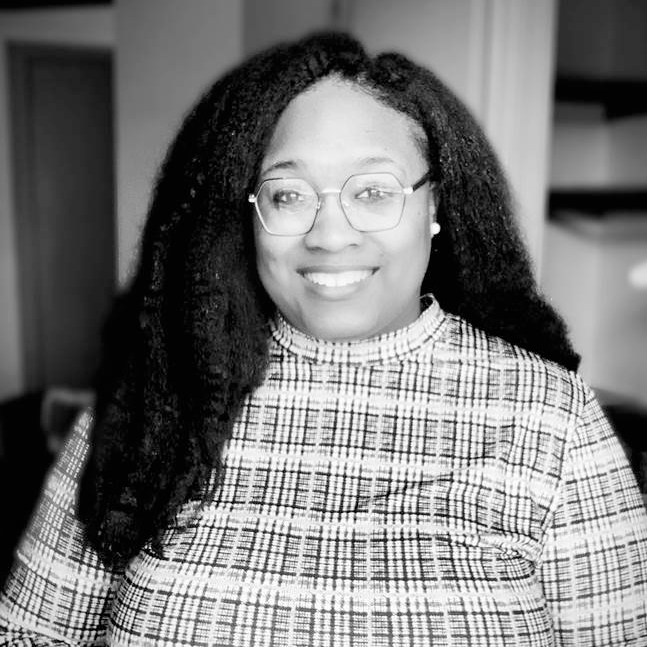 Currently serving as a Digital Content Specialist at the City of Dallas, Christina Roach is a communication professional with more than seven years of experience developing content strategy and internal comms for governmental organizations. As a purpose-driven communicator, Christina has spent the entirety of her career serving the public with one goal in mind: making meaningful, lasting change in the communities she serves. Her unique social media analysis method and creative content design have earned awards and recognition from both Public Relations Society of America and Government Social Media.
Currently serving as a Digital Content Specialist at the City of Dallas, Christina Roach is a communication professional with more than seven years of experience developing content strategy and internal comms for governmental organizations. As a purpose-driven communicator, Christina has spent the entirety of her career serving the public with one goal in mind: making meaningful, lasting change in the communities she serves. Her unique social media analysis method and creative content design have earned awards and recognition from both Public Relations Society of America and Government Social Media.
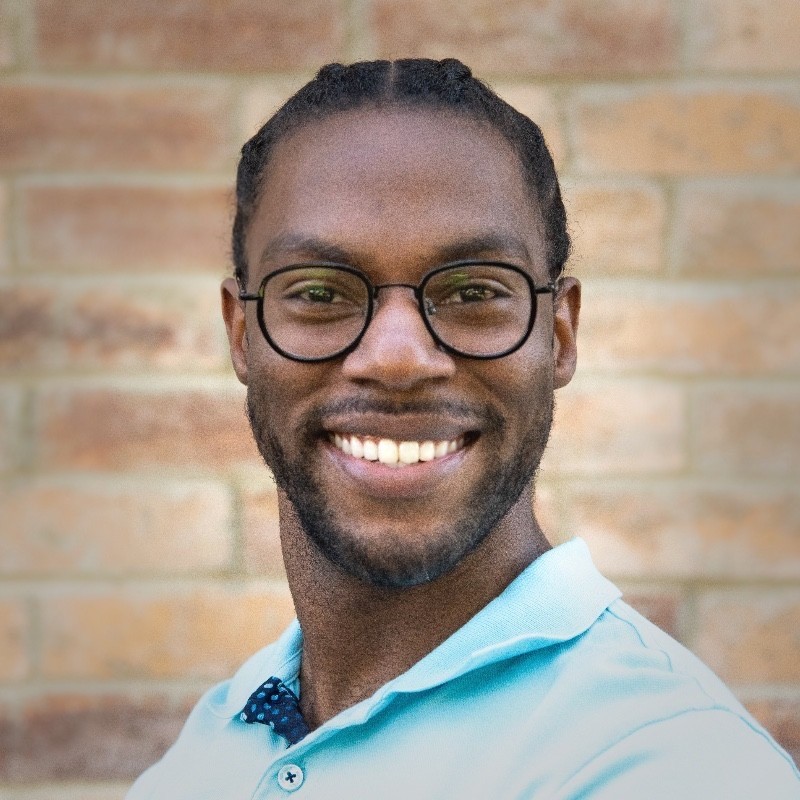 Victor Henderson celebrates three years of manifesting his postgraduate dream of “getting paid to be on Twitter all day” as a social media manager in the Dallas-Fort Worth area. At work, he values integrity and consideration for others, which influences his approach to content strategy and creation. When he isn’t working or being recognized by the Public Relations Society of America, you can find him learning languages, nerding out about maps and watching way too much YouTube.
Victor Henderson celebrates three years of manifesting his postgraduate dream of “getting paid to be on Twitter all day” as a social media manager in the Dallas-Fort Worth area. At work, he values integrity and consideration for others, which influences his approach to content strategy and creation. When he isn’t working or being recognized by the Public Relations Society of America, you can find him learning languages, nerding out about maps and watching way too much YouTube.
--------
Best communicate with the public you serve by becoming a part of the free Government Social Media network — only available to full/part-time employees of government or educational institutions.
We support the largest network of government social media professionals in the U.S. by guiding government agencies through complex social media issues. Government Social Media helps you successfully communicate with the public you serve, protect your agency and keep public trust while finding your support community.
Government Social Media® empowers government professionals to achieve mastery in social media through conferences, online training, and association membership. Best communicate with the public you serve and get connected with fellow socialgovs by registering for the 2026 Government Social Media Conference happening in New Orleans, LA and virtually from wherever you are! Join the free GSM Network for text-only chats on socialgov topics or access the Government Social Media Association (GSMA) for regional virtual meetups and educational webinars.

